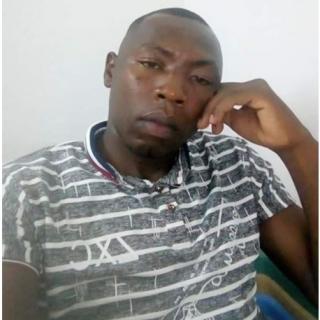In February 2020, the government of South Sudan and the opposition established a transitional unity government in line with their 2018 peace agreement. Formation of a unified national army – which entailed enlisting fighters and training them at cantonment sites established by the government – continued, albeit at a very slow pace. Their combined forces engaged in sporadic fighting in the Equatorias region with an armed group that did not sign the peace agreement.
Communal violence – arising from ethnic tensions and competition over scarce resources – flared up in many parts of the country, particularly in the states of Jonglei, Lakes, Unity and Warrap, and in the Pibor Administrative Area. Many people were killed, injured or displaced, and property destroyed. Disarmament processes in some states, launched by the government to collect weapons from armed youths, also led to injuries and deaths. Millions of people remained displaced by protracted armed conflict and other situations of violence. The UN estimated that there were around 2.2 million South Sudanese refugees in neighbouring countries and around 1.6 million internally displaced people (IDPs) in South Sudan. The UN Mission in South Sudan (UNMISS) started the process of handing over responsibility for “protection-of-civilians” sites hosting IDPs to South Sudanese authorities and security forces.
Torrential rains that began in July, and continued, caused the White Nile and other rivers to burst their banks, flooding half of the country and displacing many communities. Most roads became impassable, crops were damaged, and water sources, contaminated. According to the UN, roughly 1 million people were affected. The COVID-19 pandemic compounded the difficulties of communities already dealing with the effects of protracted violence and climatic shocks. Many communities remained food-insecure and without access to basic services. Indiscriminate attacks, destruction of health facilities, child recruitment, occupation of schools, sexual violence and other unlawful conduct by weapon bearers continued to take place.
Despite the volatile security conditions, and the logistical constraints created by the pandemic and the widespread floods, the ICRC maintained its access to areas affected by violence. Authorities and weapon bearers on all sides were urged, through confidential dialogue, to fulfil their obligations under IHL and other applicable norms. This dialogue, and its interaction with communities, helped broaden acceptance and support for the ICRC, enabling us to assist people in violence-affected and/or remote areas.
Together with the South Sudan Red Cross, we provided emergency aid to communities affected by violence and/or floods, particularly in areas not covered by other organizations. In total, more than 360,000 people received food, and more than 272,000 people were given hygiene kits, jerrycans, mosquito nets, sleeping mats and other essentials.
We also provided resident communities, particularly farming, fishing and herding households, with material, technical and other support to boost food production and protect their livelihoods. Almost 750,000 people benefited in this way. In cooperation with local authorities and the South Sudan Red Cross, we repaired or constructed latrines and water systems so that more people had clean water and greater protection against disease, including COVID-19. We backed the authorities’ COVID-19 response by setting up handwashing stations in health facilities and places of detention, and donating soap, face masks, and other supplies. With our support, the National Society conducted a countrywide information campaign on good hygiene practices and measures against COVID-19.
